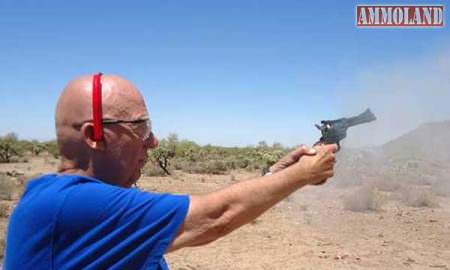Updated: 9/9/2016
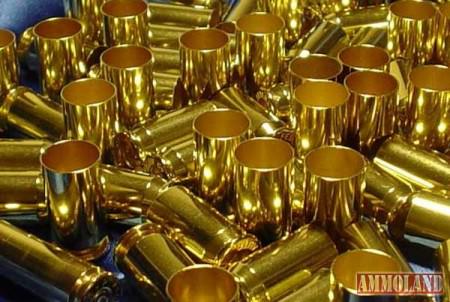
Apache Junction, AZ –-(Ammoland.com)- Ok now that you have read and digested my ‘How To Reload Ammunition – Basic Reloading Equipment‘ article your table is set up and you have the dies and other equipment that you need to roll your own ammo.
Let’s say that you are ready to load a couple of handgun calibers and one rifle.
Your first thing is you need some reloading brass, empty brass, or Once Fired Brass as it is commonly referred to, in order to get the operation started. Empty brass can be obtained from several sources. One way is if you bought some factory ammo and shot it. You can buy once-fired brass from various sources at gun shows or through publications such as Shotgun News. You can also buy new, never-fired, brass from such suppliers as Brownells, Midway, Graf & Son, Sinclair Inc, or Black Hills.
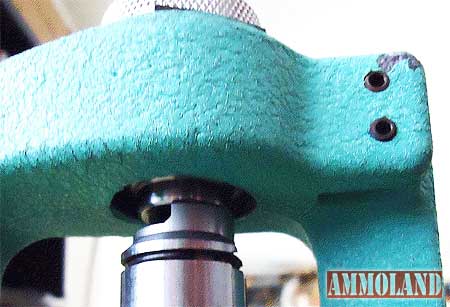
When you obtain any brass it needs to be inspected for various defects. Some of the defects to look for are splits and bad dents. Also if you pick up brass from a range or other shooting area look for Berdan Primers.
A lot of ammo is made using this priming system as it is cheaper to manufacture. You can look inside the case and if you see two off center holes discard it. They are much harder to work with and use an odd primer , making them more trouble then they are worth. You can find Berdan primers in some common calibers like .223 / .556. If the cases are copper washed or steel discard them as they are not re-loadable.

It is a good idea to clean your brass which makes it easier to see any defects that may disqualify them from reloading. You can buy a vibrating tumbler from several makers along with crushed walnut and a cleaning compound, that you add directly to the media. You can put the cases in for an hour or two and they should come out clean and shiny.
After you are done inspecting the cases you are ready to start your operation. One question that comes up frequently is should I sort my brass by brands? That depends. If you are making ammo for informal target practice or any other informal activity mixing brands is fine as long as they are in good condition.
Each brand of brass has its own characteristics so if you are hunting, or shooting competition then you might want to segregate your brass by brand.
Now you are ready for the first step. That is you have to resize and decap the case. When once-fired brass ammunition is fired the case expands and needs to be resized in order to properly hold a bullet and chamber easily. The fired primer is also removed at this stage. To size the case you put the sizing die in the press and screw it down until it touches the shell holder with the ram in the up position. (see the Ammunition Reloading Die & Press image above) That setting will full-length size the brass. If you are doing straight case handgun cases and have tungsten die, lubing generally isn’t necessary.
With rifle cases, you need to lube them to prevent them from getting stuck in the die. That is a major hassle to fix. You want to lube the body but not the neck or shoulder. Lube on the shoulder will cause dents as it has to go somewhere. Excess lube on the case body will also cause problems. A lube pad is a good way to perform that operation.
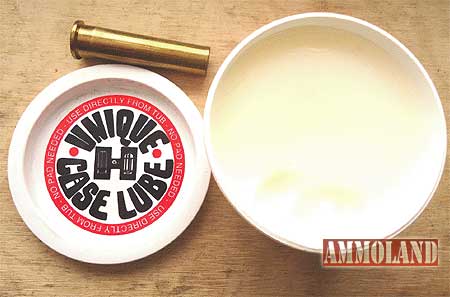
To size just put the case in the shell holder and push the handle down. You should have some feel depending on the case size. There are several operations where you can’t see what’s going on so you have to depend on feel. When you are sizing the feel should be the same for each case. If it is too hard or easy you probably have an issue. If too easy a case may have split brass and too hard may indicate something inside the case or lack of lube on a rifle round. In any event, stop and see what the problem is before proceeding.
After sizing you can do a quick inspection looking for splits which occasionally occur during the sizing operation.
After sizing I would advise you to chamfer the cases, especially rifle brass. Chamfering removes excess brass from the mouth and makes seating bullets more consistent. Various companies make Chamfering Tools and it is an inexpensive tool to buy. With the rifle cases now is a good time to wipe off the lube. Also when sizing rifle cases the neck will drag over the expander plug which helps size the neck. You can get a brush with dry lube and brush the inside of the neck which will make that operation easier. Most companies that sell reloading equipment have those brushes and lube available.
With bottleneck rifle cases you need to check the length before loading. They can stretch during firing requiring them to be trimmed. Failure to trim can cause several problems. What happens is the excess brass is shoved into the rifling, which constricts the bullet, making it harder to start.
That can cause inconsistent and inaccurate ammo. In some instances high pressure can result, making the ammo dangerous to shoot. That is especially true with small calibers such as 22 centerfires. All manuals give the proper trim length.
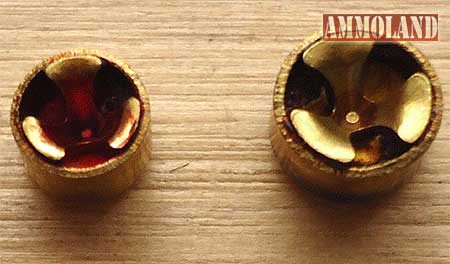
When you load once fired brass ammunition be prepared to spend some time doing it. Like many things in life you will get out of it, what you put into it. If you don’t have the time you might want to examine your circumstances to see if you should get involved with this hobby. You can’t cut corners or take shortcuts and expect to make good ammo. If the brass isn’t properly prepared your ammo won’t work.
Your next step is to prime the case. Here again, you need to select the correct primer for the job. There are small and large types. They are broken down into handgun and rifle. Then there are magnums and standard as well as match grade critters. If you are not sure which to use consult the loading manual as they list which primer was used in working up the loads. Also with a lot of presses, you can prime and bell the case at the same time. Belling or sometimes called flaring is necessary in order to seat bullets, especially with handgun cases or cast bullets in any ammo. Failure to bell will cause bullet shaving and will ruin your cases. The amount of flaring should be just enough to start the bullet all the way around. Too much belling will cause difficulty in seating the bullet and in extreme cases will not allow the brass to enter the seating die. A little experimenting will put you on the right track.
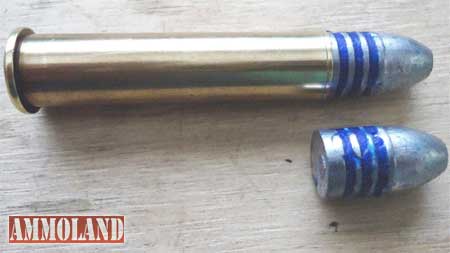
If you think that reloading once-fired brass ammunition is a tedious and time-consuming task, then you are right. However, if you do it the right way the rewards are great. At some point, you will start saving money depending on your circumstances.
After you get to know what you are doing you can make custom ammo that isn’t available from commercial makers. The satisfaction of making good ammo from once-fired brass ammunition can’t be measured in dollars.
About Bob Shell
A Custom Reloader of Obsolete and Antique Ammo, Bob Shell, writes about the subject of Guns, Ammo, Shooting and Related Subjects. Visit: www.bobshellsblog.blogspot.com
